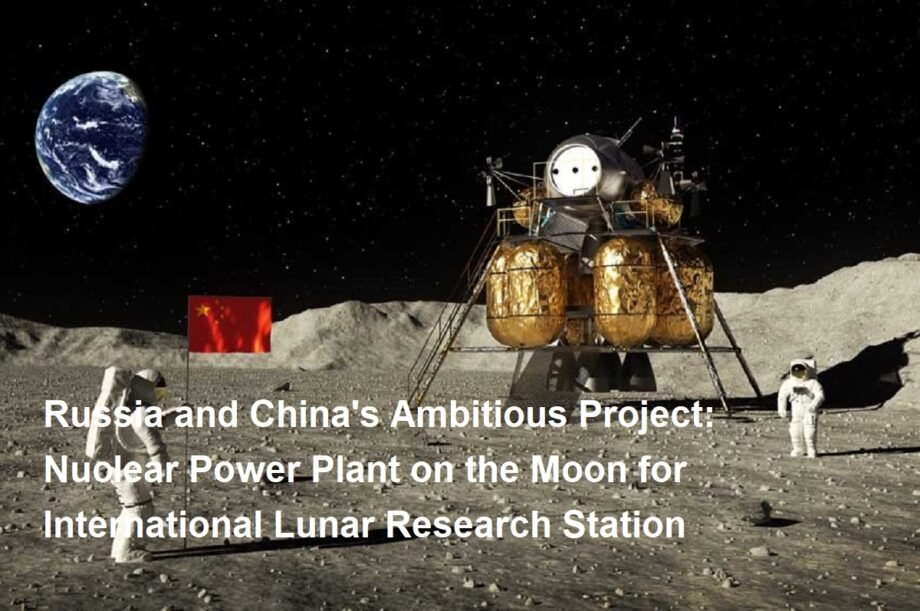Introduction: A New Era in Lunar Energy
Russia and China have embarked on an ambitious collaborative endeavor to establish a nuclear power plant on the Moon. This pioneering project aims to provide a primary energy source for the proposed International Lunar Research Station (ILRS). The initiative symbolizes a significant leap forward in space exploration and energy innovation, potentially transforming how humanity sustains extraterrestrial research and habitation.
Background: Why a Nuclear Power Plant on the Moon?
The Moon presents a unique environment and critical challenges for long-term human presence and scientific research, including:
- Lack of conventional energy resources like solar variations and night cycles lasting approximately 14 Earth days.
- The need for a reliable, continuous power supply to support habitat modules, research equipment, and communication systems.
- The vision for an International Lunar Research Station that serves as a hub for multinational lunar exploration and experimentation.
Nuclear power provides a potent solution, offering a compact, efficient, and long-lasting energy source that can overcome the limitations of solar and battery technologies in the lunar environment.
The Collaboration Between Russia and China
Goals and Motivations
- Energy Independence in Space: Both nations aim to secure sustainable energy for lunar operations without relying solely on solar energy.
- Advancing Lunar Research: Supporting experiments, life support systems, and exploration vehicles through dependable power.
- Strategic Leadership: Demonstrating technological leadership in space exploration and strengthening geopolitical presence in lunar affairs.
Timeline and History
The project has been a subject of discussion since early 2020s, following increased interest by both countries in lunar missions. Collaborative frameworks for technology development and deployment phases are currently underway.
Technical Aspects of the Lunar Nuclear Power Plant
How It Works
- Small Modular Reactors (SMRs): Designed for compactness and safety, suitable for extraterrestrial deployment.
- Radioisotope Thermoelectric Generators (RTGs): Possible use as backup or complementary power sources.
- Heat Management: Specialized systems to dissipate or utilize heat safely in the lunar environment.
- Shielding and Safety: Robust design to prevent radiation leaks and protect astronauts and sensitive instruments.
Expected Power Output
- Estimated to provide several kilowatts to tens of kilowatts of continuous power, sufficient for sustaining the ILRS and supporting scientific payloads.
Implications for the International Lunar Research Station (ILRS)
The ILRS represents a multinational effort for lunar exploration, including participants from various countries. The nuclear power plant project plays a vital role by:
- Ensuring energy self-sufficiency and operational continuity, especially during the lunar night or dust storms.
- Enabling more ambitious scientific missions with extended duration.
- Facilitating resource processing technologies such as water extraction and oxygen production.
The Significance of This Project
Strategic and Scientific Importance
| Aspect | Details |
|---|---|
| Energy Security | Consistent power irrespective of solar availability |
| Scientific Advancement | Supports complex and long-term research activities |
| International Cooperation | Promotes partnership amidst geopolitical tensions |
| Technology Innovation | Pioneers use of nuclear energy off Earth |
Challenges and Considerations
- Radiation Safety: Ensuring that nuclear reactors pose no hazard to astronauts or the lunar environment.
- Transport and Assembly: Logistics for transporting nuclear materials and assembling reactors on the Moon.
- Regulatory Compliance: Adhering to international space laws and treaties regarding nuclear material usage in space.
Conclusion: Pioneering Lunar Energy for Future Exploration
The nuclear power plant project on the Moon by Russia and China marks a milestone in space exploration, promising a reliable energy source for the International Lunar Research Station. It embodies the fusion of cutting-edge technology, international collaboration, and strategic foresight, advancing humanity’s capabilities in celestial exploration.









